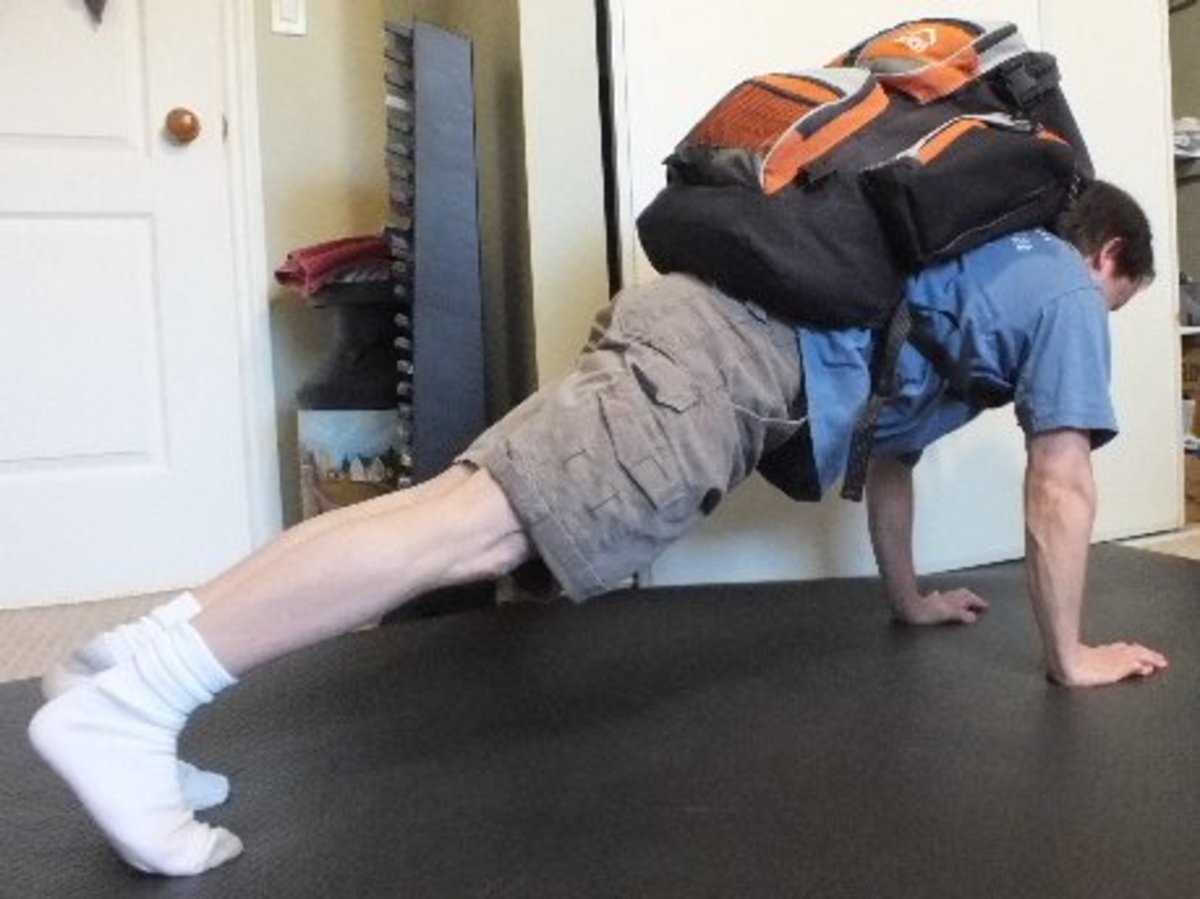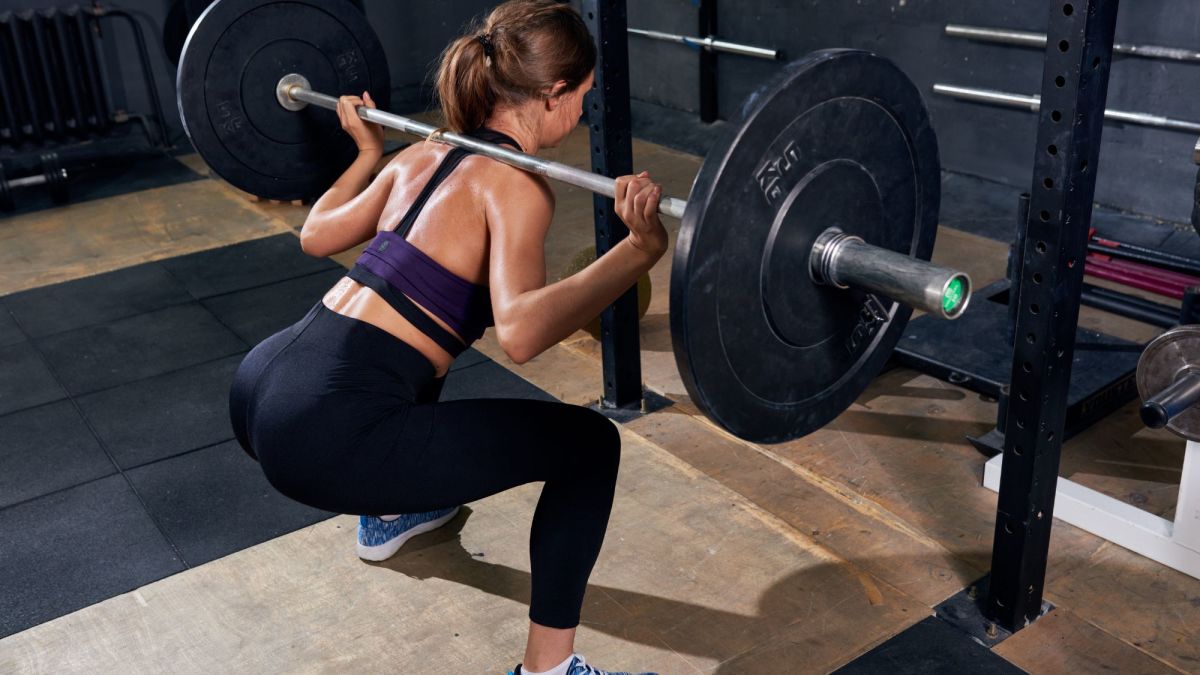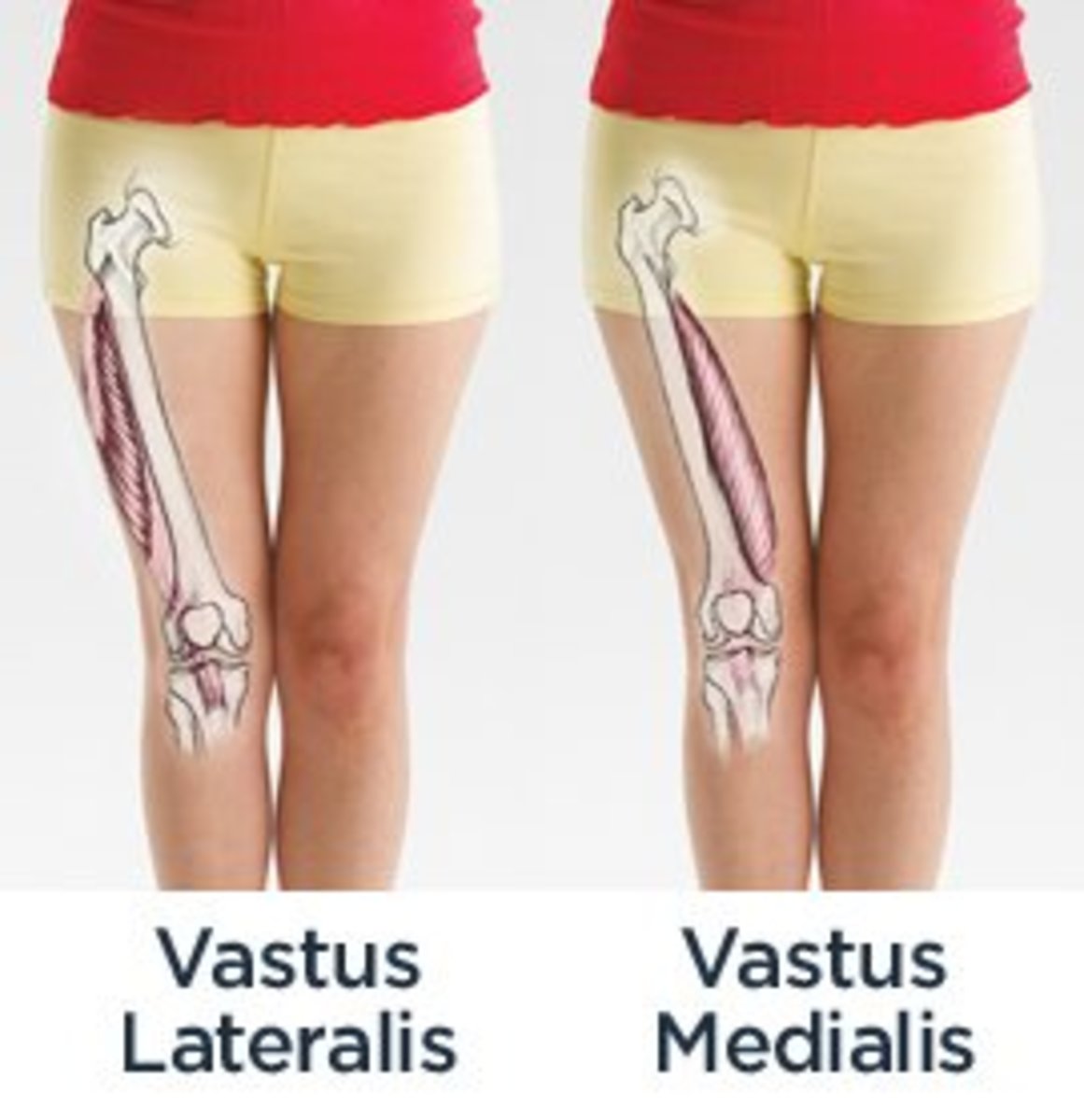Training your forearms with bodyweight exercises

The Forearms
The forearms contain an intricate set of muscles, tendons and ligaments which work together to make your wrists and fingers incredibly functional. What these muscles are able to accomplish is nothing short of incredibly, ranging from delicate tasks such as writing to vigorous twisting and trashing. Training these muscles will not only enhance the strength and efficiency of these muscles but will also give you massive bulging forearms which exude confidence.
To find the best way to train your forearms we will have to analyse it's evolutionary purpose. The fingers evolved on higher primates to allow them to grip items of interest. This was what the forearms were meant to do. However neglecting the extensor (muscles which open the hand) will only lead to muscular imbalances ultimately resulting in injury. A good forearm program should focus on training both the extensors and the flexors while including some work for the muscles controlling the wrist.
The tendons of the hands have a tremendous potential for growth, many experts of finger training are able to perform dead hangs from a bar with nothing more than a finger. For someone weighting 65kg, that's 650N of force transmitted through some of the tinniest tendons of the body. However if your new to forearm training, your tendons will be quite vulnerable to injury. The muscles of the forearm are very responsive and able to make rapid increases in strength, however the tendons which receive a proportionally smaller amount of blood will not be able to grow at such a rate therefore it is important to take things slow.
Before beginning to train your forearms make sure you have access to a bar or anything you can hang on to. Even a ledge is fine.
The first few weeks of this program will consist of basic exercises designed to stimulate the tendons and ligaments. This section of the program is what will allow to progress to harder exercises which are very taxing on the muscular system. Remember, a chain is only as strong as it's weakest link.
Warm Up For The Hands
Warming up the forearm muscles is extremely important. The main goal of a forearm warm up should be the release of synovial fluid which provides the joints with nutrients and oxygen. Release of synovial fluid can be triggered through gentle movement of joints. Perform some dynamic stretches for at least a minute on your wrists and fingers. What i like to do is make a fist then spread out the digits as much as I can.
Finger Tip Push Ups
Finger tip push ups can be incorporated on to your chest workout or done separately. When doing finger tip push ups keep your palms away from the ground and prevent excessive bending of the fingers (this will only stress the connective tissues, not the tendons and muscles). Even though the exercise is called finger tip push ups, you will really be doing them on the pads of your fingers.
Keep the number of repetitions fairly low, below 10 as doing more will not help increase the strength of the tendons. If your not strong enough to do them yet then perform finger tip holds for 5 seconds and gradually progress to 20 seconds, you should be able to do finger tip push ups by now. Stay on this exercise for at least 4 weeks or longer if you need it. There is no progression and therefore there is no way to gauge your progress when doing this exercise. If your chest, tricepts and shoulder are strong enough, you might be able to do 20 finger tip push ups. However doing so will be counter productive. Always start slow giving your tendons the time it needs to grow stronger.
If you've done the finger tip push ups as advised above, you will have much stronger tendons by now. The next phrase of training will focus on stimulating the muscles, this is what will allow you to grow stronger. At the beginning of the article i mentioned how the fingers were an evolutionary advantage which allowed primates to be able to grip things. If that is the purpose of the forearms then it only makes sense to train them to do that. The following list of progressions will all have to be done on a bar. A bar which has a diameter of 5 centimetres is perfect as it can also be used for advanced single finger holds. When doing hanging training do not keep sets longer than a minute as any longer will only build endurance, not raw strength.
Important things to remember
Your shoulder joint is the most versatile joint in the body, but it is also the most vulnerable one. Take proper care to protect it. Always pull your shoulders down and secure them into place. Doing this will prevent excessive stretching of the ligaments and protects the delicate rotator cuff muscles. If you cannot hold your shoulders down, then end your workout.
The forearms can be exercised two times per week, they will need longer recovery time because of their size and smaller blood flow. If you begin to feel early symptoms of over training then cut down to training your forearms just once a week.
Assisted Dead Hangs
- *Note : If you can do unassisted dead hangs then skip this exercise* Grip a bar with your hands and place your legs on a stool or bench which is at hip height. The legs will bear a proportion of the body weight with the rest being supported by the arms. Progress to the next exercise once you are able to hold on for one minute for a total of 3 sets.
Unassisted Dead Hangs
- Grip a bar and lift your legs off the grounds. Your entire weight should be supported by your arms. Progress to the next exercise once you are able to hold on for a minute for a total of 3 sets.
Single Handed Dead Hangs
- Grip a bar with both your hands, when you feel ready release one arm from the bar. Your entire body weight will now be supported by one hand. Progress once you can hold on for a minute for a total of 2 sets.
So far all the progressions listed above only focus on the 4 digits, with no work for the thumbs. The next set of progressions will provide stimulation for the thumbs as well. In addition to a bar, a towel will also be required to do these exercises.
Towel Grip Dead Hangs
- Wrap a towels around the bar and perform dead hangs by gripping on to the ends. The thicker the towels the harder this exercise will be. Try a thinner towel if you are unable to hold on. Progress to the next exercise once you are able to hold on for a minute for 2 sets
Thick Towel Grip Dead Hangs
- Gradually increase the thickness of the towels when performing this exercise. This will increase it's difficulty. Stay on this exercise until you are able to complete 2 sets of one minute holds.
Single Handed Towel Grip Dead Hangs
- This is one of the hardest exercise you can do in order to train your forearms. Doing towel hangs with one arm will not only give you extremely strong forearms but will also give you tendons capable of handling that strength. Progress to the next exercise once you can hold on for 2 minutes on a single set.
The next set of progressions will require a bar with a small diameter.
Three Two One....
Perform dead hangs with fever and fever fingers. However make sure to train all four fingers equally. For example if you complete a set using just your index and middle finger, do one more using your ring and pinky. You should be doing one or two sets of 20 second holds.
Wrist training
The muscles which control the wrist are quite small and do not need any special training. However if you want to, you can perform a dead hang on a bar but try to move around in circles while doing so. You should only be using the muscles which control the wrist to do it. Try to do 10 clockwise and 10 anti clockwise rotations.
Extensors
Wrist Push Ups
Perform push ups on the back of your wrists instead of your palms. Keep the number of reps below 10, and sets below 3. The extensor muscles do not need any more training as from an evolutionary point of view they do not have to be as strong as the forearm flexors.
Notes : The size of forearms depends on your largely depends on your genetics, however strength does not.
All comments and suggestions are welcome.
Vinoth
Please don't hesitate to visit my blog for more advice and guides
http://bodyweightexerciseguides.blogspot.com with plenty of pictures.








